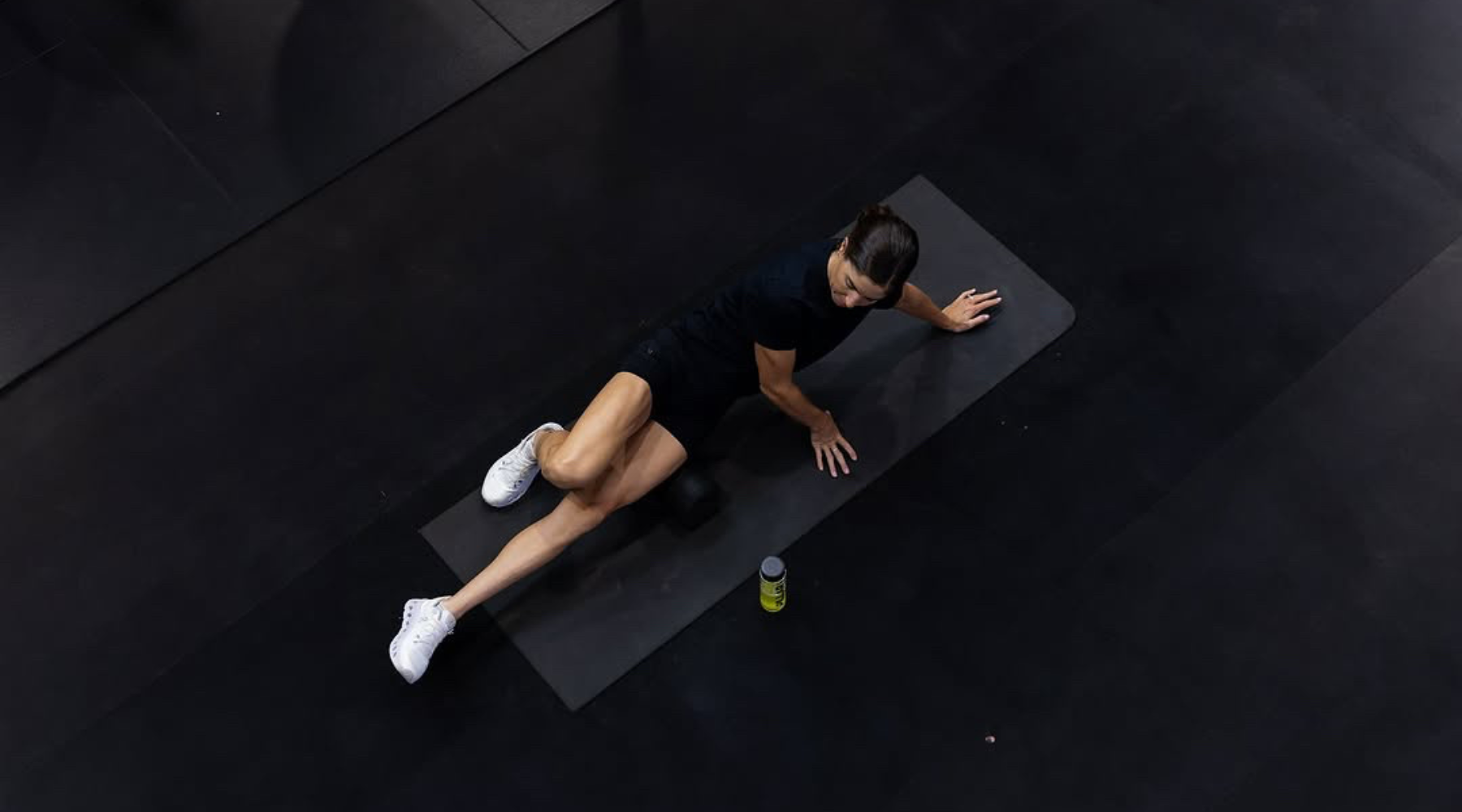
Is It Soreness or an Injury? How Endurance Athletes Can Tell the Difference
Not All Pain Is the Same – Train Smarter, Recover Stronger
Whether you’re training for a marathon, pushing through intervals on the bike, or recovering after a long swim, pain can show up. But how do you know if it’s normal post-training soreness or the beginning of an injury?
Knowing the difference helps you protect your long-term performance and stay consistent.
What Muscle Soreness Feels Like
Soreness, or delayed onset muscle soreness (DOMS), is part of the adaptation process in endurance training. It typically:
-
Feels like muscle tightness or fatigue, often in both legs (quads, calves, glutes)
-
Peaks 24 to 48 hours after a hard effort
-
Improves with movement, stretching, foam rolling, or low-intensity exercise
-
Fades within a few days
-
Responds well to active recovery and proper nutrition, especially hydration and protein
Signs You Might Be Injured
Injury pain feels different. It often:
-
Presents as sharp, stabbing, or localised discomfort (e.g. knee, shin, foot)
-
Worsens during movement instead of improving
-
Lingers for several days or weeks without relief
-
May be accompanied by swelling, bruising, or changes in walking or running form
If you’re unsure, it’s safest to treat it as an injury and consult a physiotherapist or sports doctor for a clear diagnosis.
Modify Training – Don’t Quit
Injury doesn’t mean giving up. It means adjusting your approach. Endurance athletes can maintain fitness with low-impact alternatives such as:
-
Pool running
-
Cycling
-
Swimming
-
Strength and mobility work
These are excellent ways to stay strong and consistent while your body heals.
Rest Is a Training Strategy
Taking a few days off will not erase months of progress. In fact, it might be the smartest move to protect long-term performance. If every step hurts, rest could be the best strategy right now.
Recovery products like magnesium, collagen, and high-quality protein support this process from the inside out.
Adjust Race-Day Expectations
If you’re carrying pain into race week, it’s time to be realistic. You might not hit your personal best, but finishing a race is still a massive achievement. Consider switching to a run-walk strategy or simply focus on crossing the finish line feeling strong rather than fast.
Reframe the Setback
Injuries can teach you patience, resilience, and how to listen to your body. These lessons make you a more durable, experienced athlete. Even if this race doesn’t go to plan, you are still a runner, still an endurance athlete, and still building toward something bigger.
You Are Not Alone
Every athlete experiences setbacks. What matters is how you respond. At Endurance Kollective, we support you with trusted, anti-doping certified sports nutrition — including:
-
Collagen supplements for tendon and ligament support
-
Triple magnesium for recovery and muscle function
-
Natural energy bars and hydration solutions to fuel your retur
Stay consistent. Fuel smart. Trust the process.
